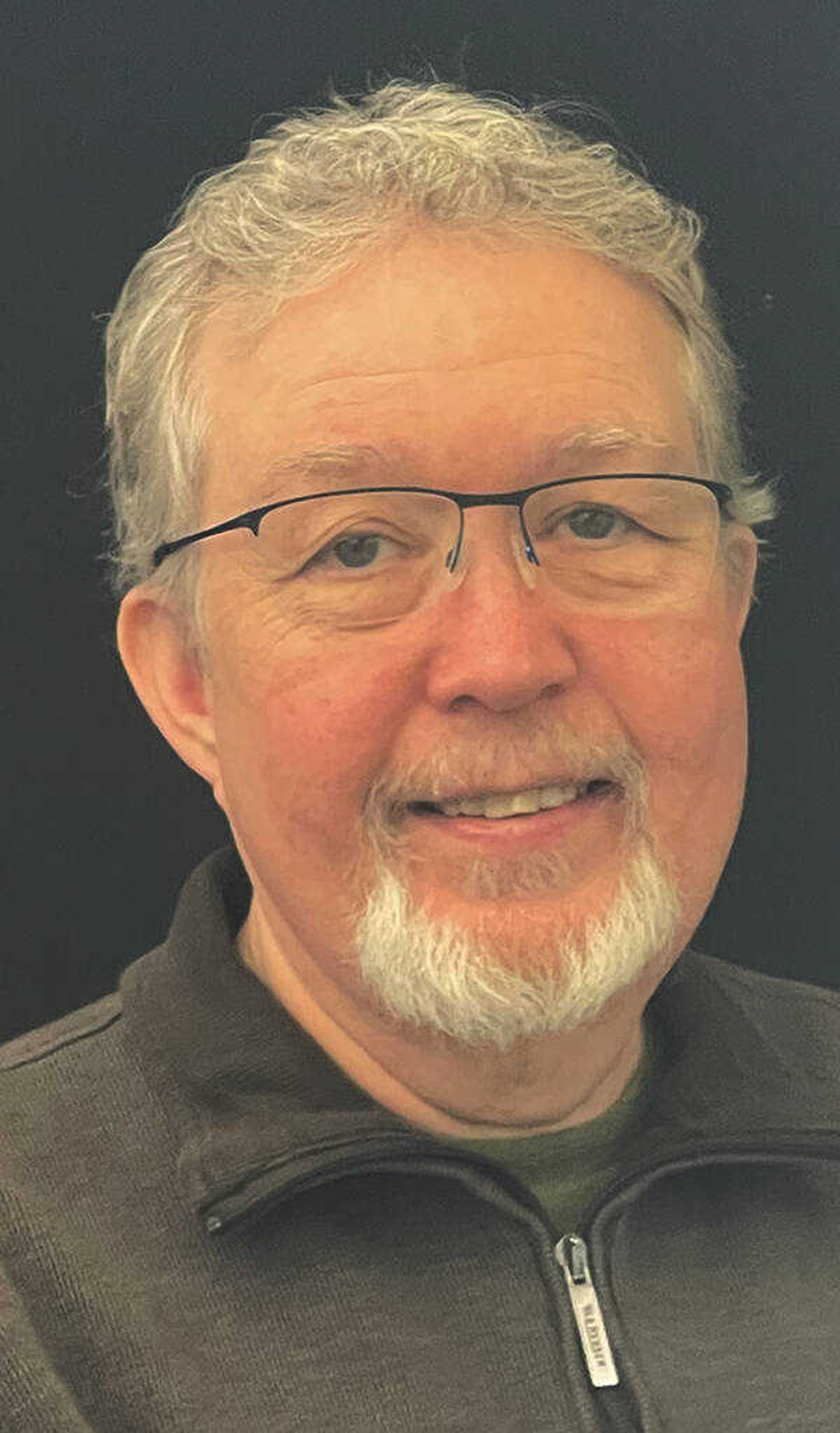A millionaire, a sculpture and Cairo, Illinois
Have you ever driven past something several times, paying little, if any attention, and all of a sudden it seems to jump right out at you? That was my experience a few weeks ago in Cairo, Illinois. Most of my trips to Cairo are for research. Then there's always Schemwell's Barbecue for a meal. My experience this last time was noticing "The Hewer" in Halliday Park. I had seen it before, but now I wanted to know its history...
Have you ever driven past something several times, paying little, if any attention, and all of a sudden it seems to jump right out at you? That was my experience a few weeks ago in Cairo, Illinois. Most of my trips to Cairo are for research. Then there's always Schemwell's Barbecue for a meal. My experience this last time was noticing "The Hewer" in Halliday Park. I had seen it before, but now I wanted to know its history.
The statue, on a raised platform, is located on the east side of U.S. 51, known as the Ohio River Scenic Byway. A small area located between Ninth and 10th streets has a sign marking the park, with a bronze statue of a male, nude. He has one knee on the ground and the other slightly bent. The left hand is holding a piece of wood, and the right is prepared to strike what the left hand is holding. Hewer, or Hauer in German means "miner", but the artist gives a different interpretation.
The bronze sculpture was cast from a marble statue created by famed American sculptor George Grey Barnard (1863-1938) for the 1904 World's Fair in St. Louis. Barnard was born in Pennsylvania, studied at the Art Institute of Chicago, then Paris, before returning to the states in 1896. Many of his early statues resemble Auguste Rodin (1840-1917), who created statues in what were known as a naturalist form. Taking a look at Rodin's "The Thinker", one can see the influence it had on Barnard and his creation, "The Hewer". The bronze statue was commissioned by Mrs. W.P. Halliday, an artist in her own right and widow of Capt. W.P. Halliday, in 1901. In 1906, she and her children donated it to the City of Cairo in memory of her husband.
Bernard said, "My 'Hewer' was created (strangely but true) from a vision of men laboring on the shore of a flood hewing and dragging wood to save people from death and destruction." At the time of its creation "The Hewer" was considered to be one of the two best nude statues in America by the well-known sculptor, educator and writer, Lorado Taft. A story is told that when they went to position "The Hewer", some people wanted his backside turned away from the street, claiming it would distract drivers.
William Parker Halliday (1827-1899), for whom the park is named, came from Ohio to Cairo in 1860 with his family, anticipating a war and a belief that Cairo had a strategic location for business opportunities. Halliday played an important role in the growth of Cairo after the war. His business ventures included railroads, mining, banking, mercantile, farming, coal, gas, telephone and the Halliday Hotel. Halliday's mansion, Riverlore, still stands on Washington Avenue, across from Magnolia Manor. The house, built in 1865, is three stories tall with a basement and an 18-seat theater on the third floor. Halliday died in 1899 leaving an estimated wealth of $3 to $4 million.


Connect with the Southeast Missourian Newsroom:
For corrections to this story or other insights for the editor, click here. To submit a letter to the editor, click here. To learn about the Southeast Missourian’s AI Policy, click here.











